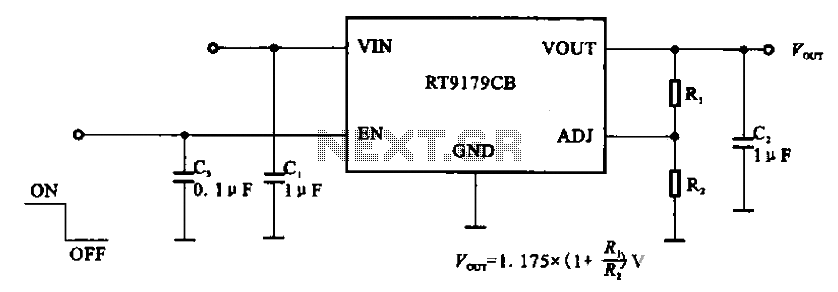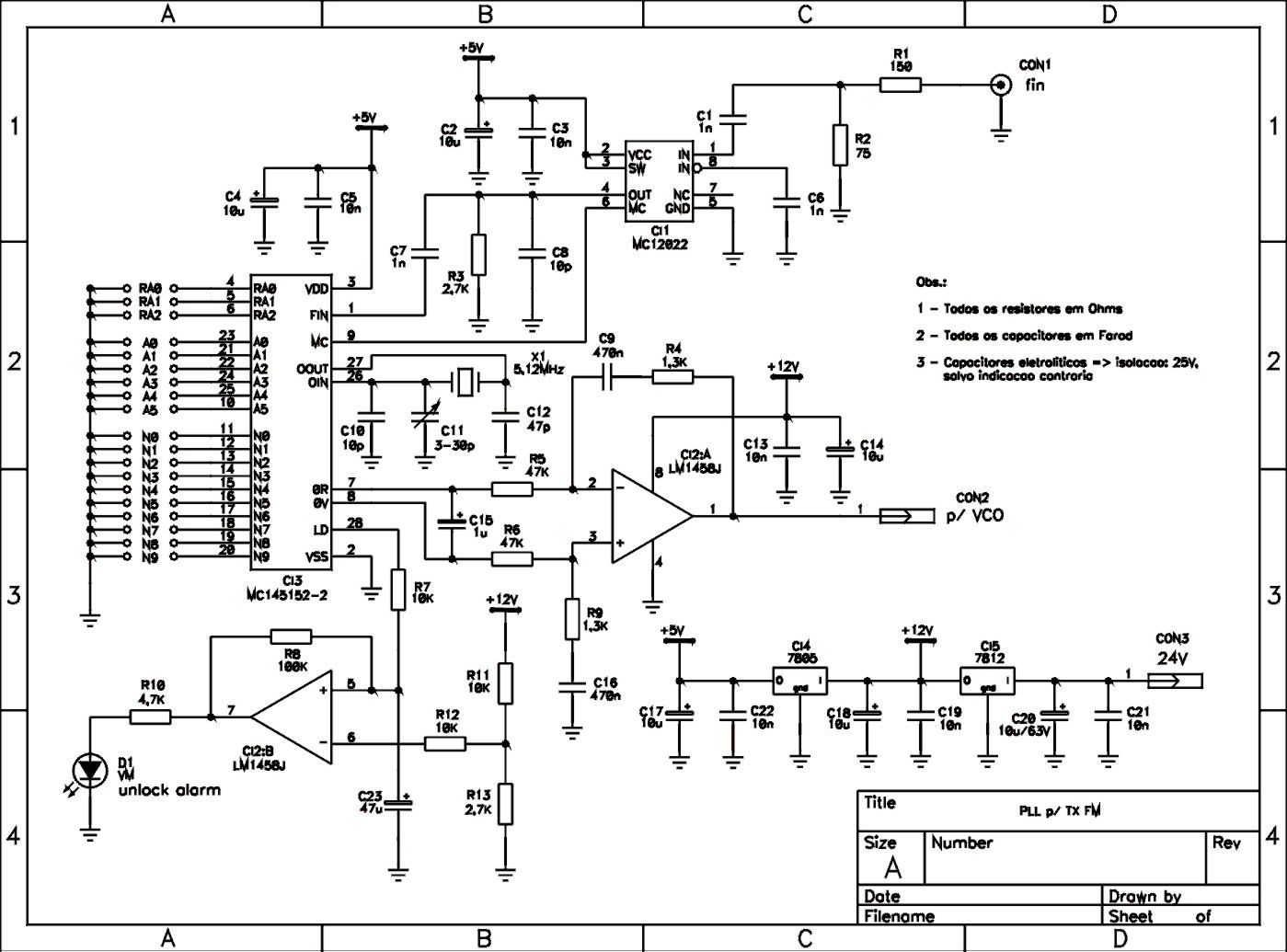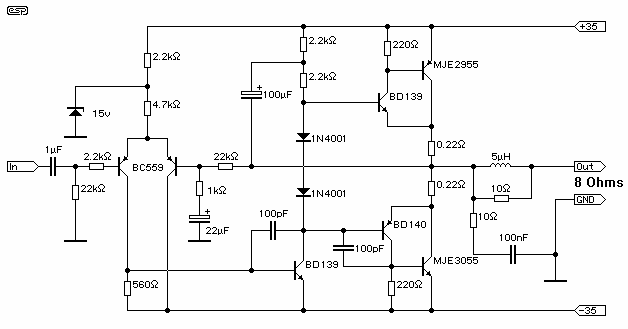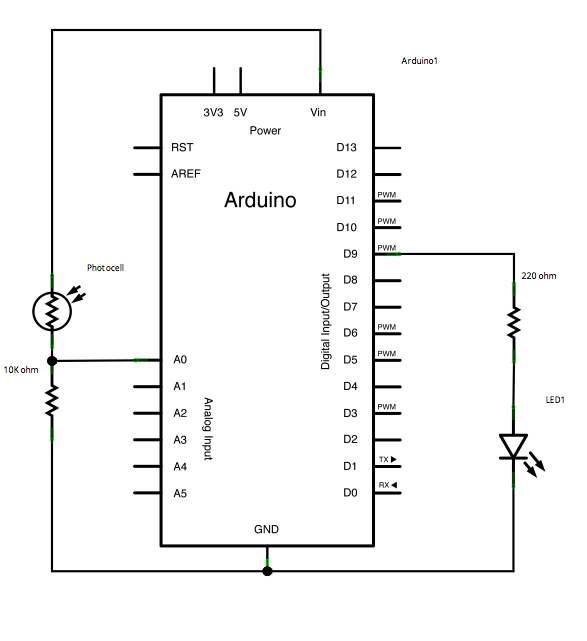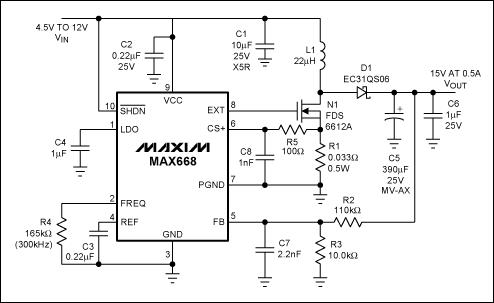
arduino power inverter
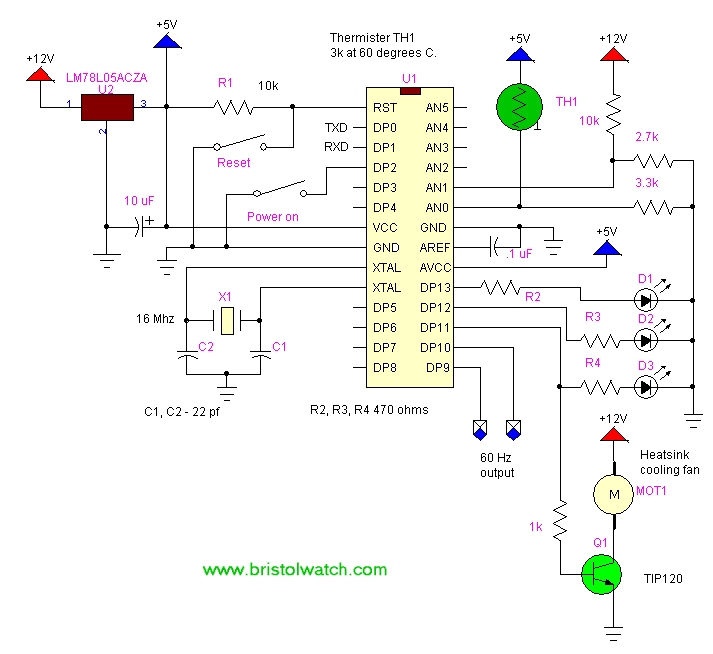
Construct different power conversion circuits using an Arduino microcontroller.
The Arduino microcontroller serves as a versatile platform for developing various power conversion circuits. These circuits can include DC-DC converters, AC-DC converters, and other forms of power management systems. The flexibility of the Arduino allows for easy integration with sensors and other components, enabling the design of circuits that can adapt to different input voltages and current requirements.
A typical DC-DC converter circuit might utilize a boost converter configuration, where the Arduino controls a switching element, such as a MOSFET, to increase the voltage from a lower level to a higher level. The circuit would include an inductor, diode, and output capacitor, with feedback mechanisms implemented through the Arduino's analog input pins to maintain the desired output voltage.
For AC-DC conversion, a rectifier circuit can be designed, utilizing the Arduino to monitor the output and adjust the duty cycle of the PWM signals. This could involve the use of a bridge rectifier followed by a smoothing capacitor to provide a stable DC output.
Additionally, power management circuits can be implemented to optimize battery usage or to manage power distribution in larger systems. The integration of the Arduino allows for programmable control, enabling the user to set thresholds for voltage and current, which can be critical in applications such as renewable energy systems or portable devices.
Overall, the use of an Arduino microcontroller in power conversion circuits enhances the capability to create adaptable and efficient power management solutions suitable for a wide range of applications.Build various power conversion circuits with Arduino microcontroller.. 🔗 External reference
The Arduino microcontroller serves as a versatile platform for developing various power conversion circuits. These circuits can include DC-DC converters, AC-DC converters, and other forms of power management systems. The flexibility of the Arduino allows for easy integration with sensors and other components, enabling the design of circuits that can adapt to different input voltages and current requirements.
A typical DC-DC converter circuit might utilize a boost converter configuration, where the Arduino controls a switching element, such as a MOSFET, to increase the voltage from a lower level to a higher level. The circuit would include an inductor, diode, and output capacitor, with feedback mechanisms implemented through the Arduino's analog input pins to maintain the desired output voltage.
For AC-DC conversion, a rectifier circuit can be designed, utilizing the Arduino to monitor the output and adjust the duty cycle of the PWM signals. This could involve the use of a bridge rectifier followed by a smoothing capacitor to provide a stable DC output.
Additionally, power management circuits can be implemented to optimize battery usage or to manage power distribution in larger systems. The integration of the Arduino allows for programmable control, enabling the user to set thresholds for voltage and current, which can be critical in applications such as renewable energy systems or portable devices.
Overall, the use of an Arduino microcontroller in power conversion circuits enhances the capability to create adaptable and efficient power management solutions suitable for a wide range of applications.Build various power conversion circuits with Arduino microcontroller.. 🔗 External reference
